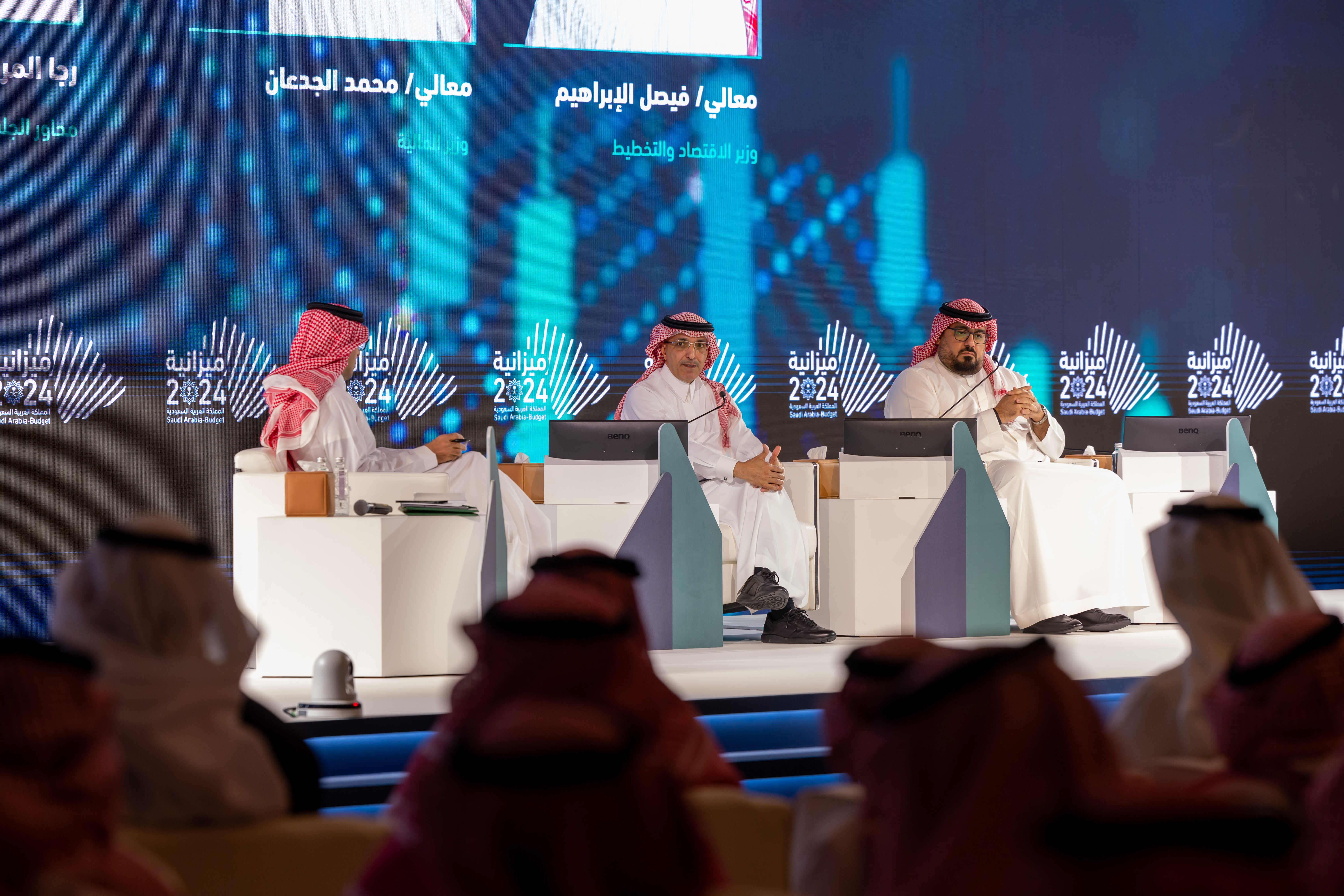Saudi Arabia’s sovereign debt rating was upgraded by Moody’s Investors Service for the first time since the company initially assessed it in 2016, driven by continued progress in the kingdom’s economic diversification and a better outlook for the non-oil sector.
In a November 22, 2024 press release, Moody’s ratings stated:
“Moody’s Ratings (Moody’s) has today upgraded the Government of Saudi Arabia’s long-term local and foreign currency issuer and senior unsecured ratings to Aa3 from A1. We have also upgraded Saudi Arabia’s local and foreign currency medium-term note programme ratings to (P)Aa3 from (P)A1. The outlook has been changed to stable from positive.”
“The upgrade reflects our assessment that economic diversification has continued to progress and the momentum will be sustained. Continued progress will, over time, further reduce Saudi Arabia’s exposure to oil market developments and long-term carbon transition. In addition, the recent fiscal space exercise and recalibration and reprioritisation of diversification projects – which will be regularly reviewed – will provide a more conducive environment for sustainable development of the kingdom’s non-hydrocarbon economy and help preserve the relative strength of the sovereign’s balance sheet.”
“Our baseline projections assume there will be no significant downward pressure to oil prices or production over the next few years. We also assume that heightened geopolitical tensions in the region, which are having a limited impact on Saudi Arabia so far, will not escalate into a full-scale military conflict between Israel and Iran with collateral effects that could affect the kingdom’s ability to export oil or deter private sector investment supporting the diversification momentum.”
“We expect non-hydrocarbon private sector GDP to continue expanding by about 4-5% in the coming years – among the highest in the Gulf Cooperation Council (GCC) region and an indication of continued progress in diversification that will reduce the kingdom’s exposure to oil market developments and long-term carbon transition over time.”
“Growth in the non-hydrocarbon private sector is being supported by investments and private consumption. Although the government embarked on a fiscal space exercise that led to a recalibration and reprioritisation of projects, we expect its capital expenditure and domestic investments by the Public Investment Fund (PIF) to remain relatively high over the coming years. We estimate that the total spending on projects and long-term investments by the government and PIF will continue to exceed 20% of non-hydrocarbon GDP. Private consumption growth will also be strong, as the design of many ongoing projects, including the PIF’s giga projects and other large-scale projects of the government, incorporates commercialisation phases that will boost supply-side capacity in the services sector, particularly in hospitality, leisure and entertainment, retail and restaurants. At the same time, the continued increase in employment and participation of women in the work force will support demand for the added capacity in such services, spurred by social reforms that began in 2016 and unlocked the potential of the sector.”
“Progress in economic diversification combined with past fiscal reforms will reduce Saudi Arabia’s reliance on hydrocarbons over time. Saudi Arabia’s economy and government finances are in a stronger position to withstand a large oil price shock compared to 2015. Non-hydrocarbon economic activity has shown tentative signs of gradual decoupling from the hydrocarbons sector, maintaining solid and stable growth post-pandemic despite swings in oil prices and ongoing oil production cuts agreed with OPEC+ and on a voluntary basis. This is partly because government finances have become less exposed to oil market developments thanks to reforms and adjustments – albeit still relatively highly exposed – and government spending has become less procyclical. Notably, the 15% rate on value-added tax with very few exemptions has raised non-hydrocarbon revenue to about 30-40% of total revenue and close to 20% of non-hydrocarbon GDP. These shares are relatively high compared to GCC peers, even if still below well diversified and highly rated hydrocarbon exporters such as Norway.”
“Based on our fiscal projections, we expect Saudi Arabia’s government debt to rise to about 35% of GDP by 2030, up from 26% at the end of 2023. Even with the projected increase in debt, the kingdom’s government debt will likely remain lower than Aa2-A1 peers by the end of 2026, and it will continue to benefit from the presence of sizeable government financial assets (GFAs) amounting to around 20-25% of GDP. Our calculation of GFAs include the government’s deposits in the central bank (SAMA) and eligible assets managed by PIF, net of its direct debt. Contingent liabilities for the government and broader private sector indebtedness are low in Saudi Arabia.”
GDP per capita (PPP basis, US$): 61,933 (2023) (also known as Per Capita Income)
Real GDP growth (% change): -0.8% (2023) (also known as GDP Growth)
Inflation Rate (CPI, % change Dec/Dec): 0.4% (2023)
Gen. Gov. Financial Balance/GDP: -2% (2023) (also known as Fiscal Balance)
Current Account Balance/GDP: 3.2% (2023) (also known as External Balance)
External debt/GDP: 28.1% (2023)
Economic resiliency: a1
Default history: No default events (on bonds or loans) have been recorded since 1983.
Moody’s rates sovereign debt using a scale that measures the likelihood of default and the potential financial loss if a default occurs. The scale includes the following letter grades:
To read more, click here, here, here, here and here.









